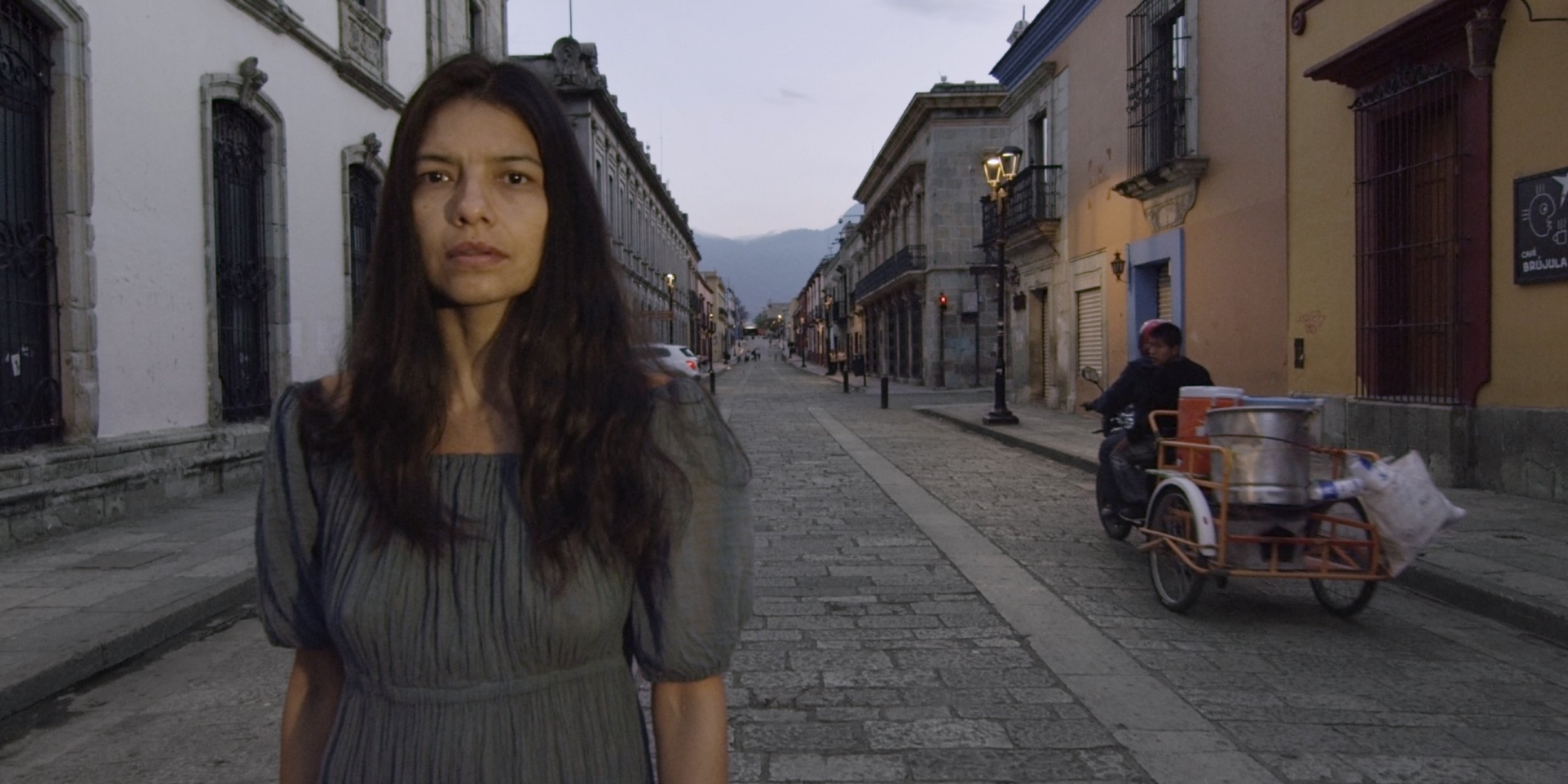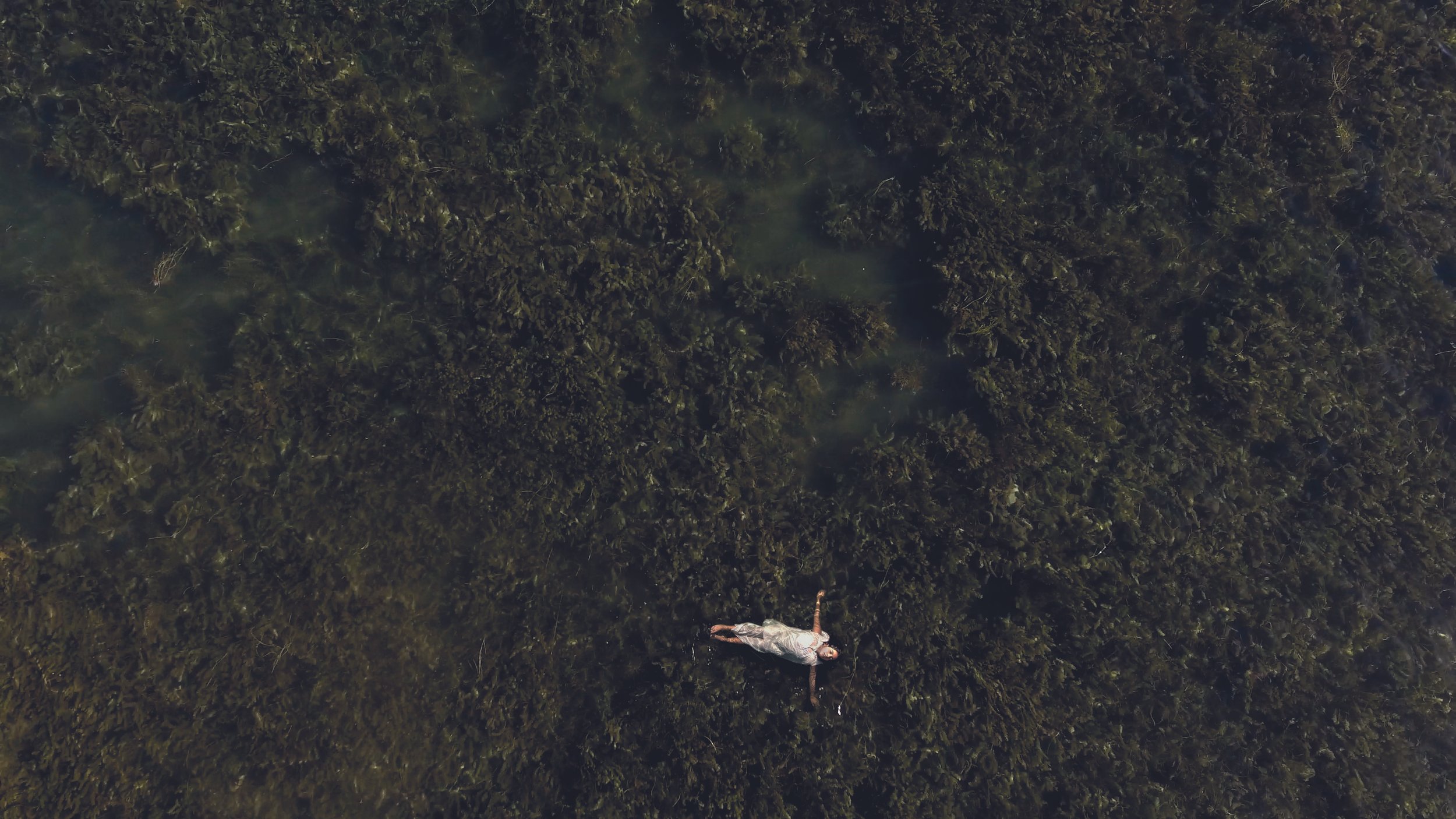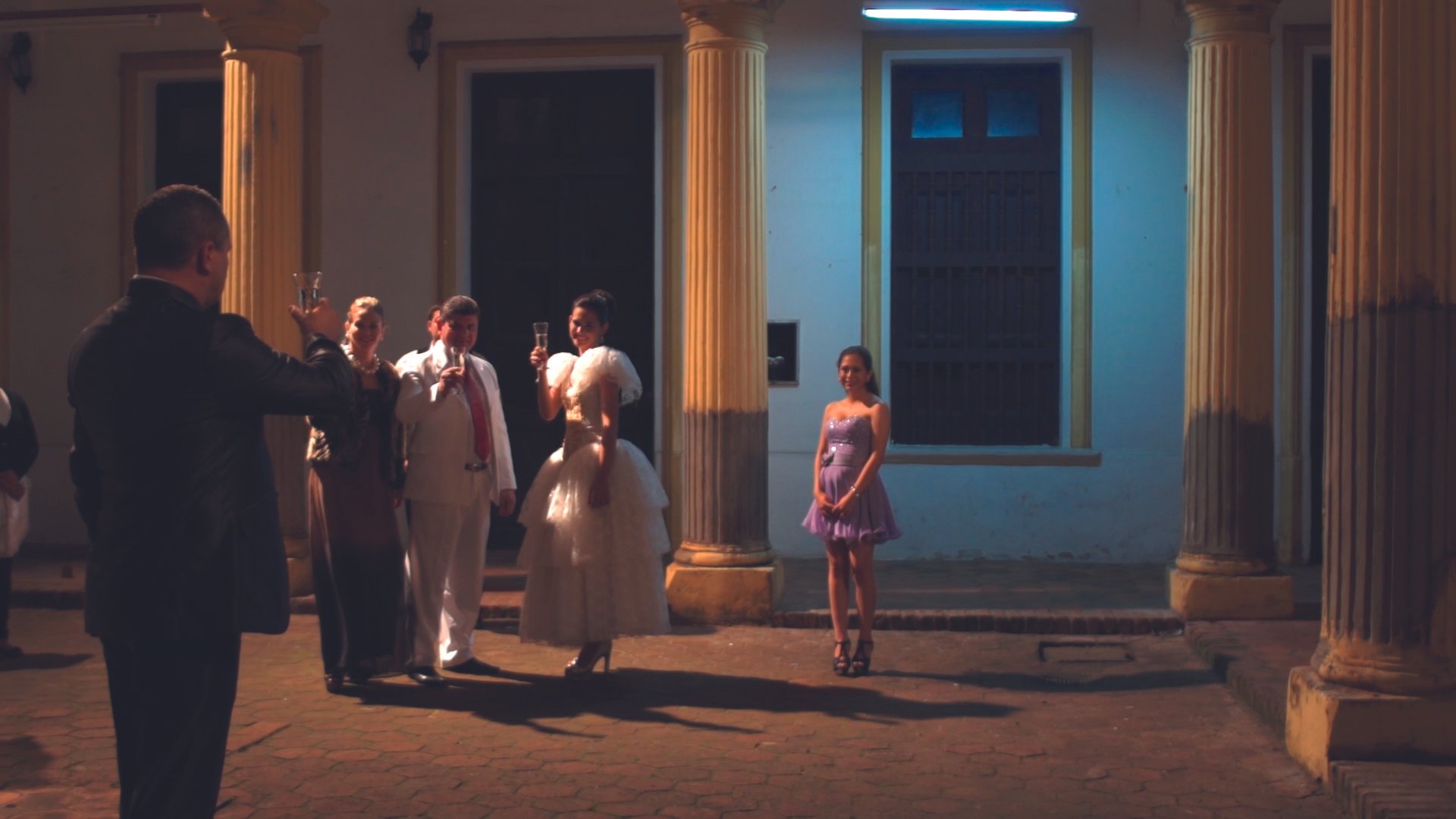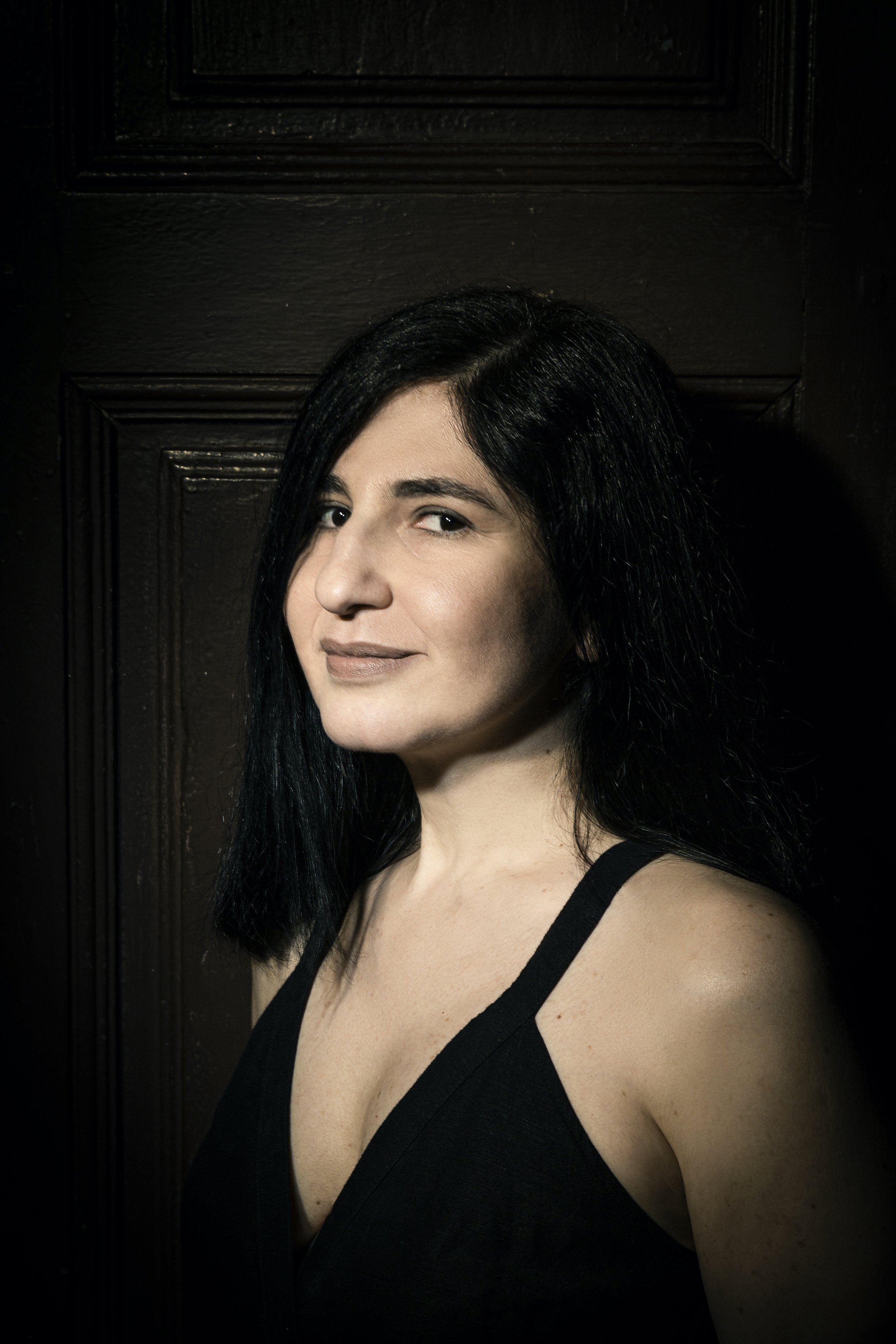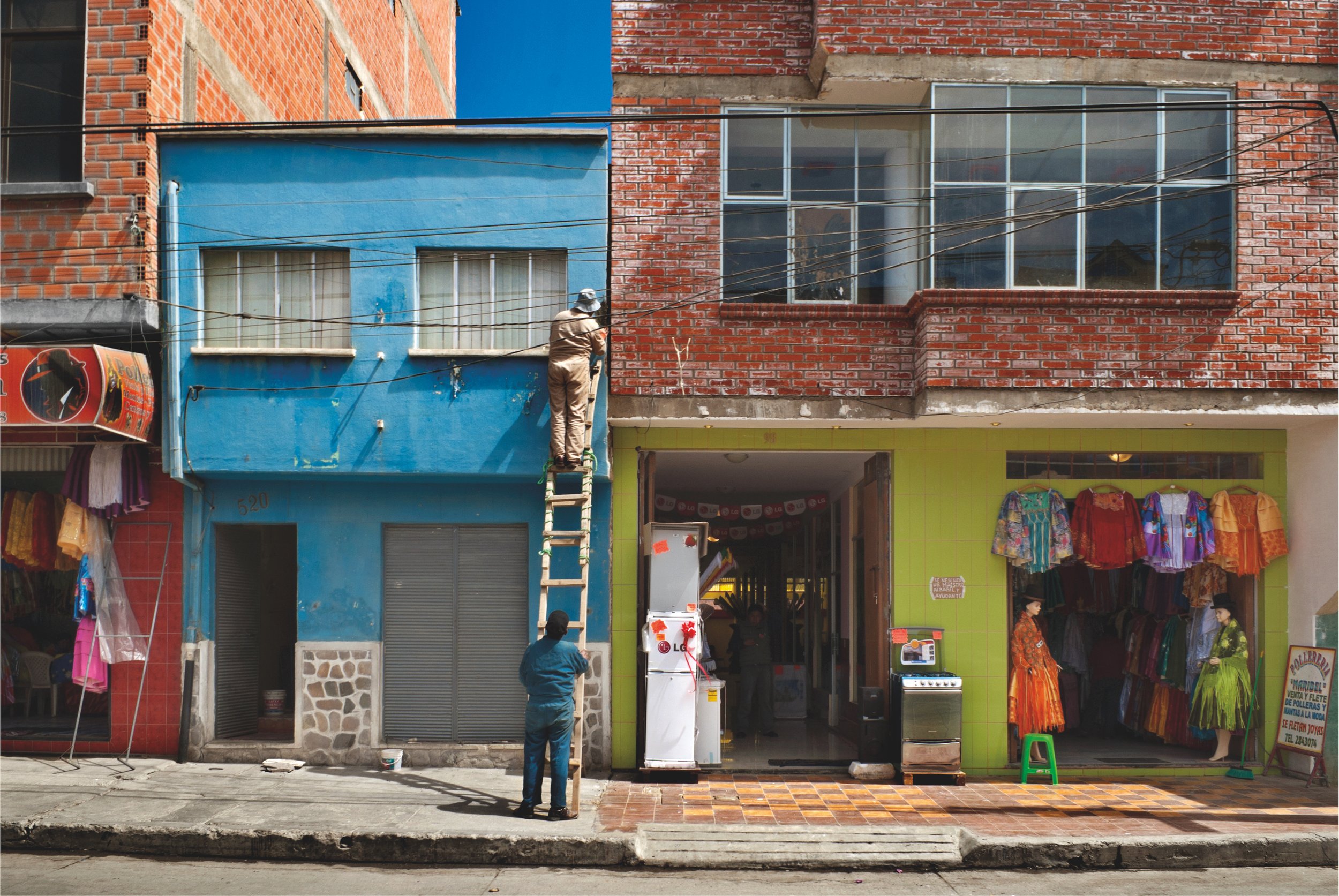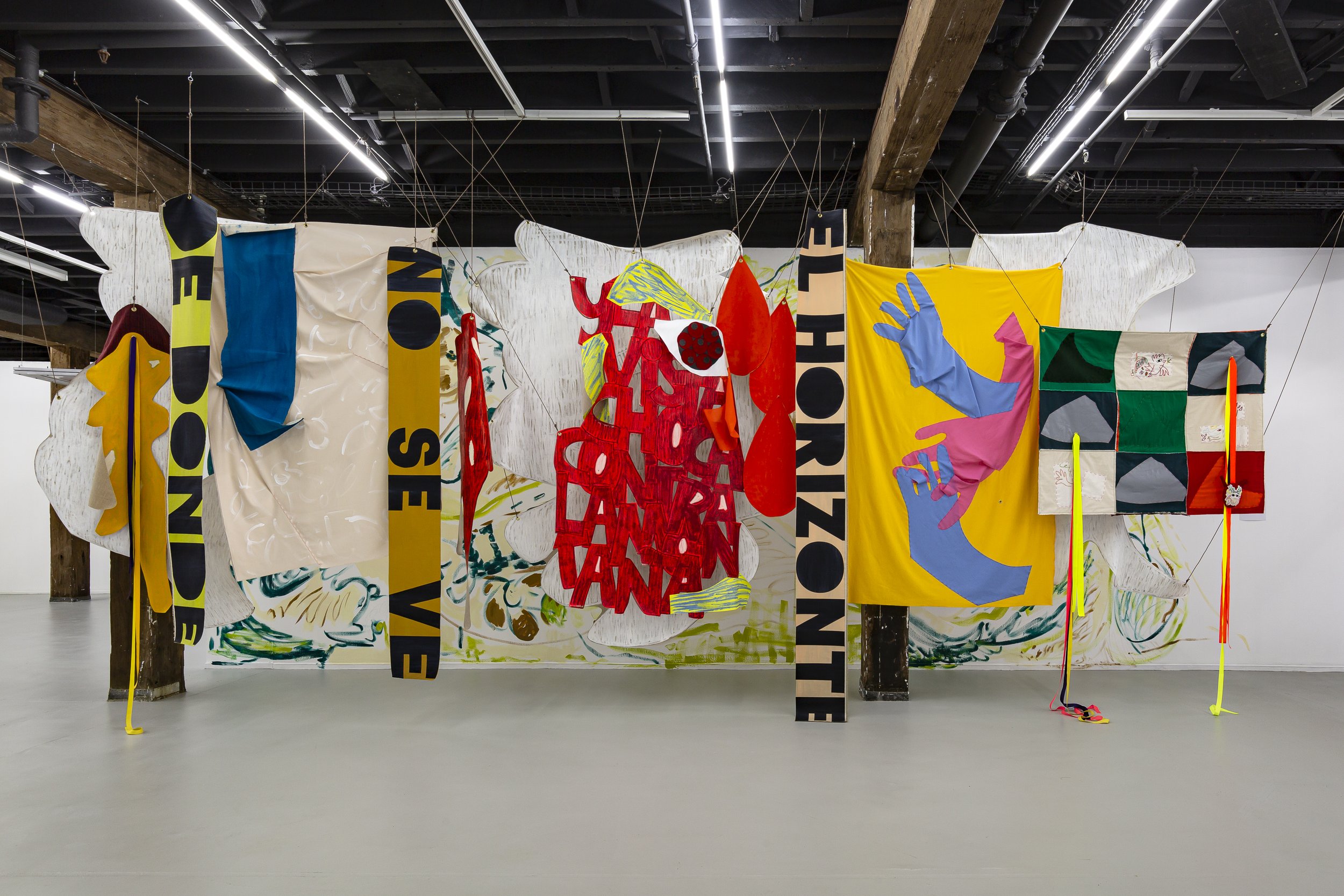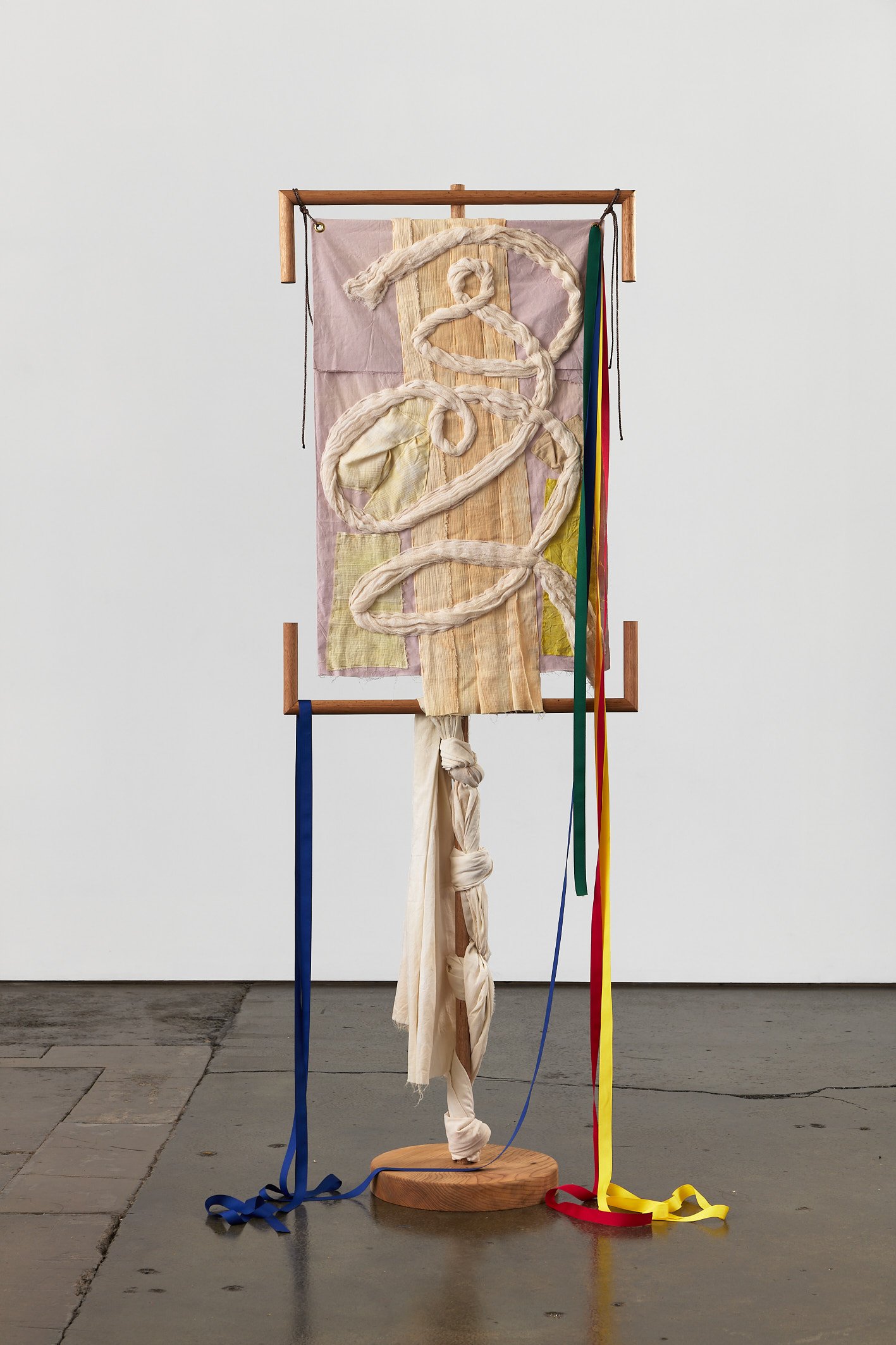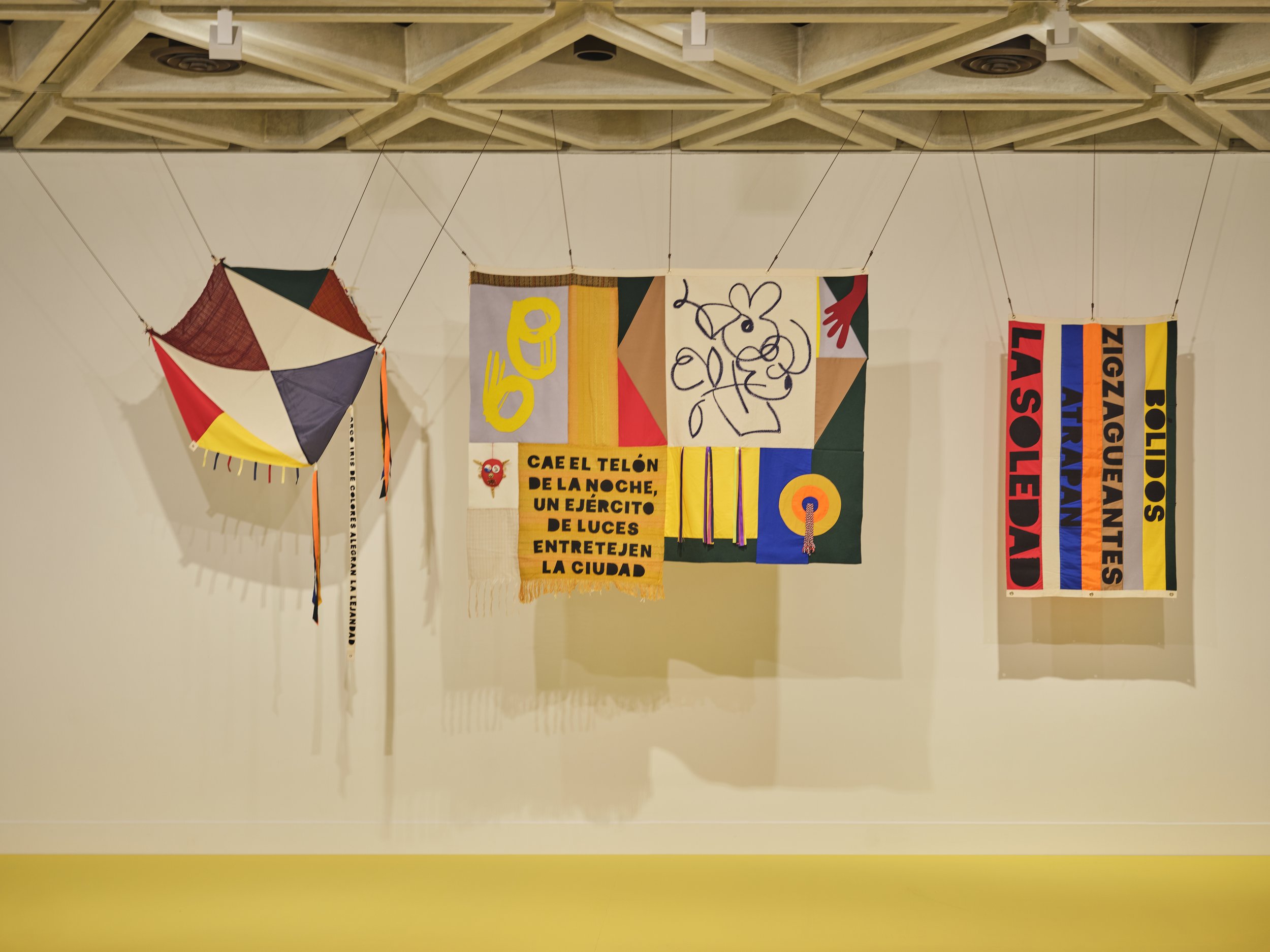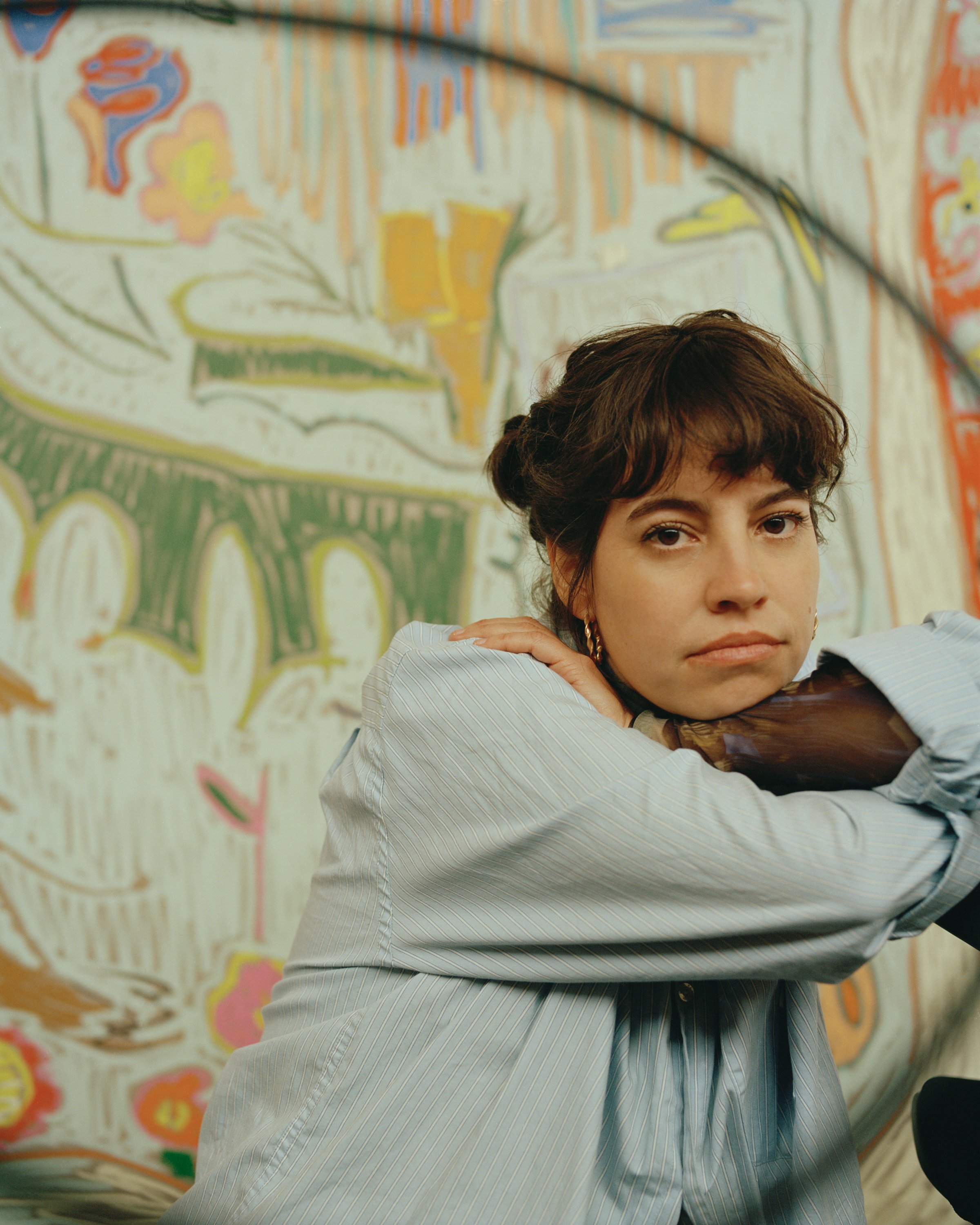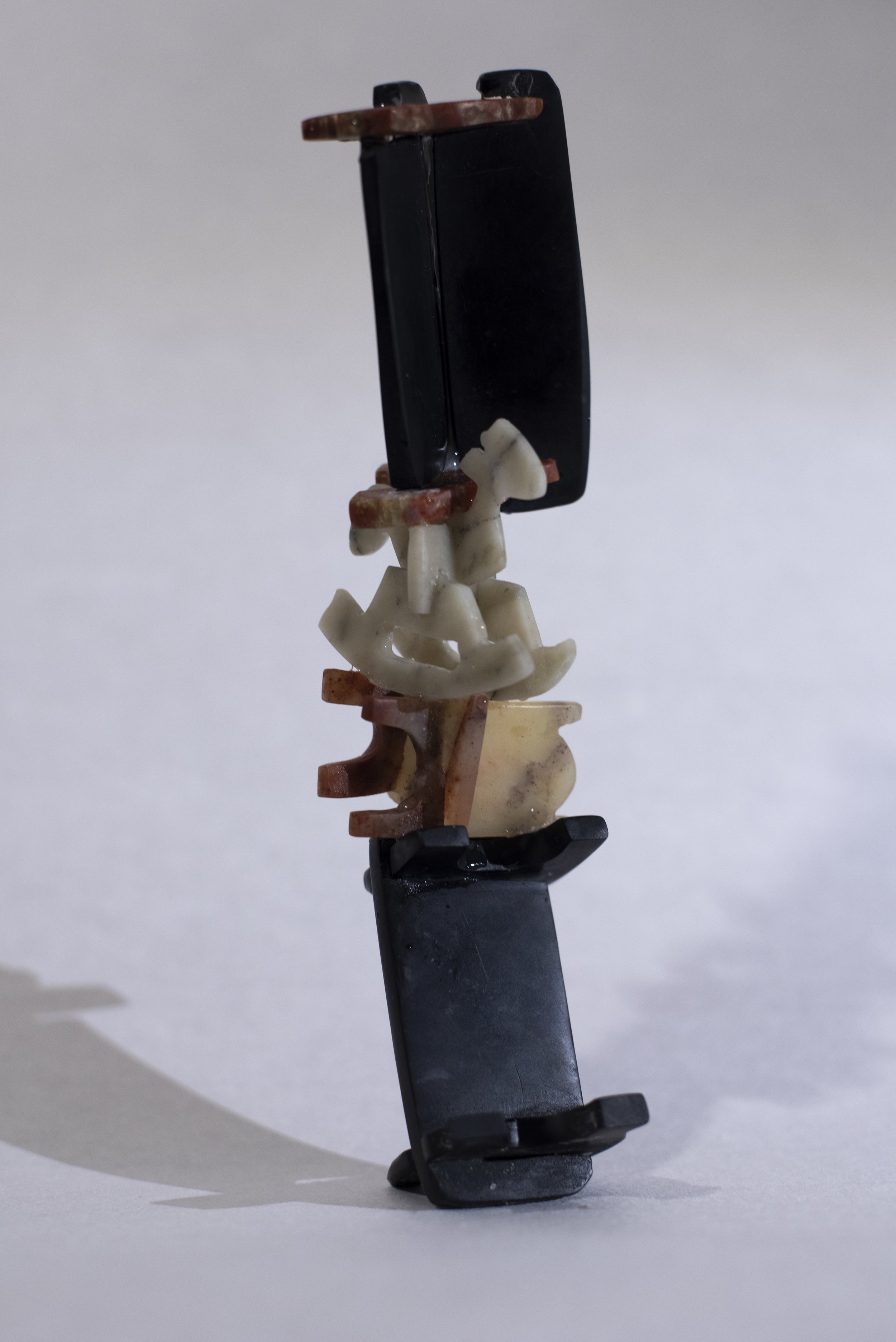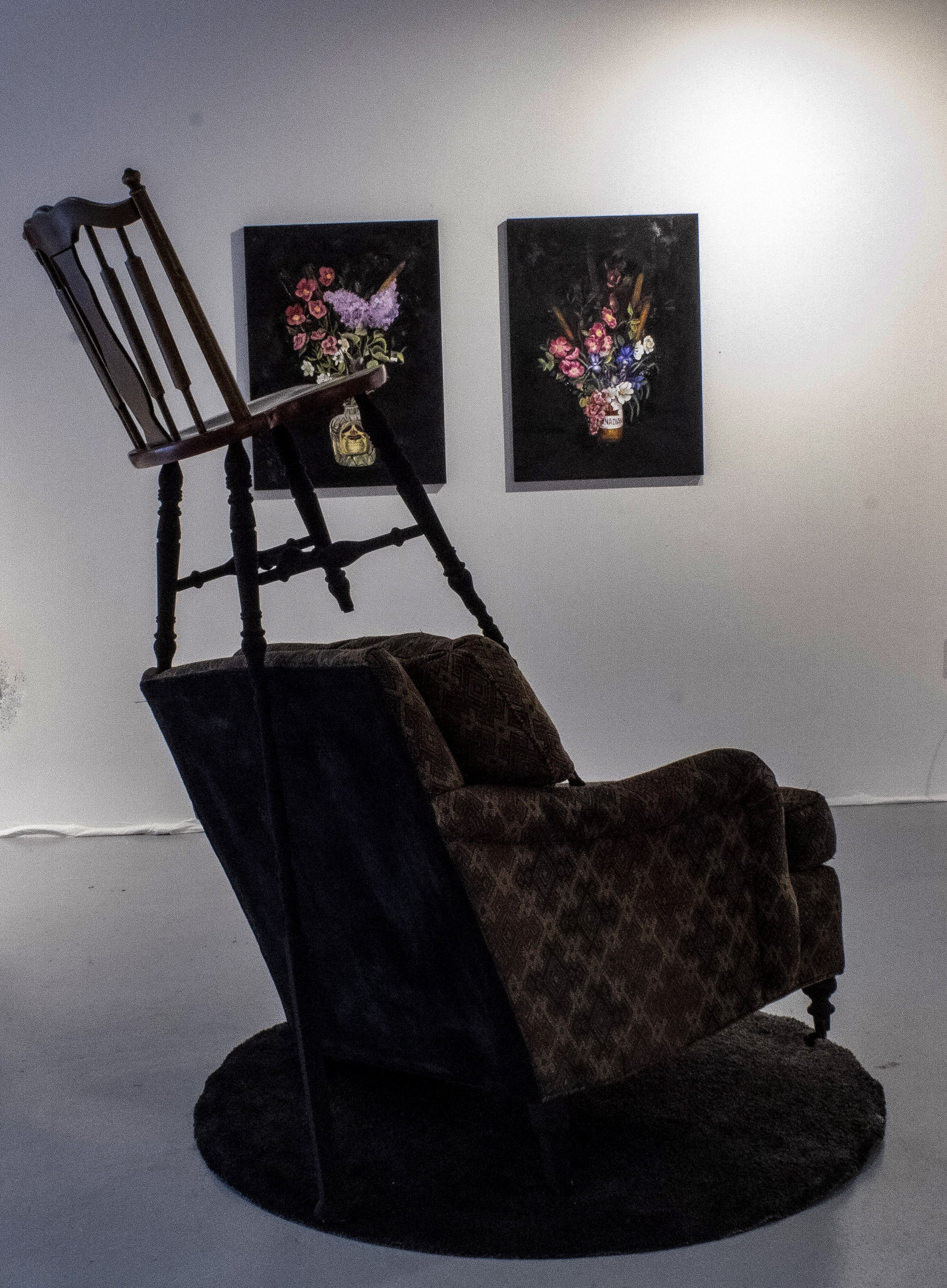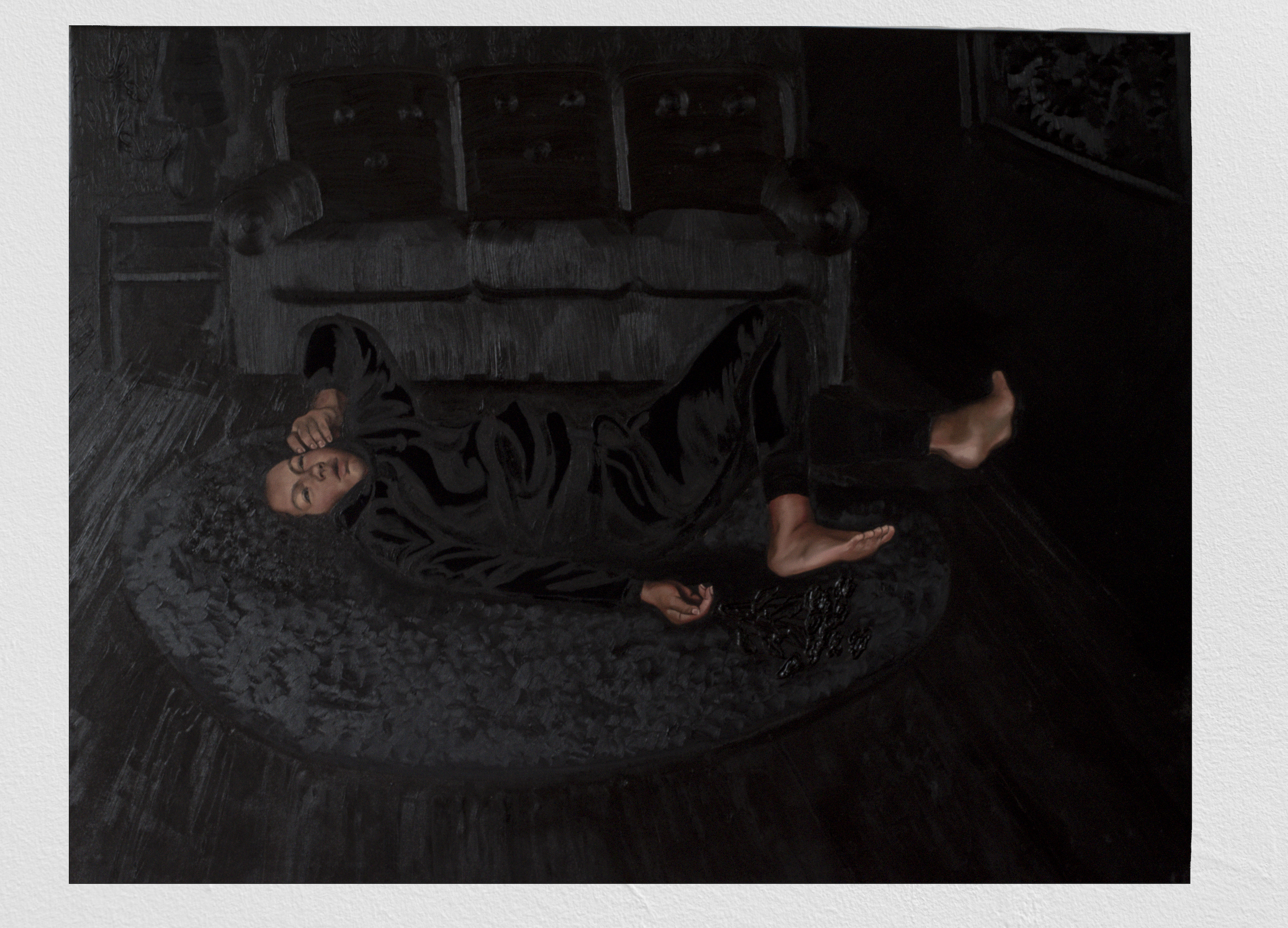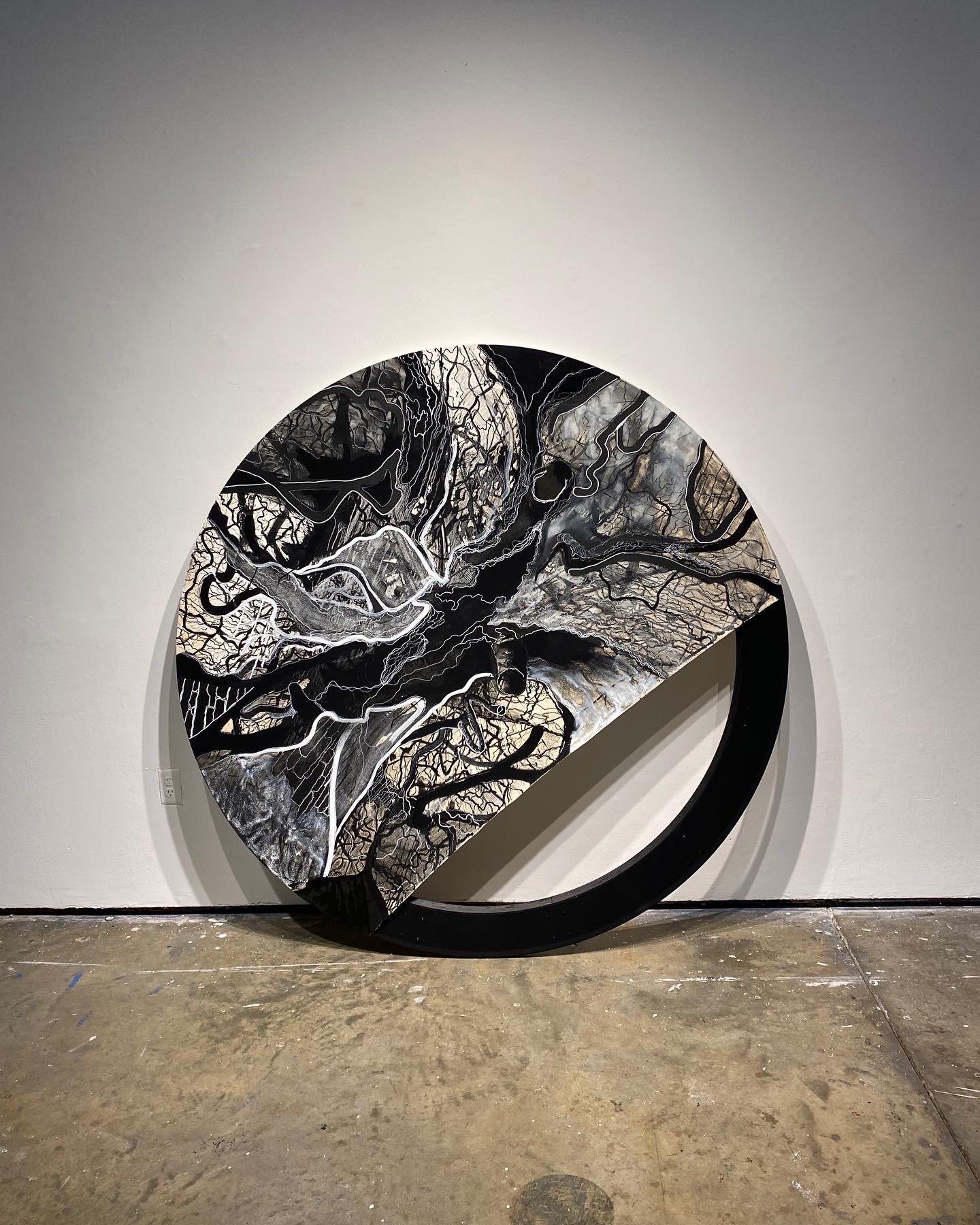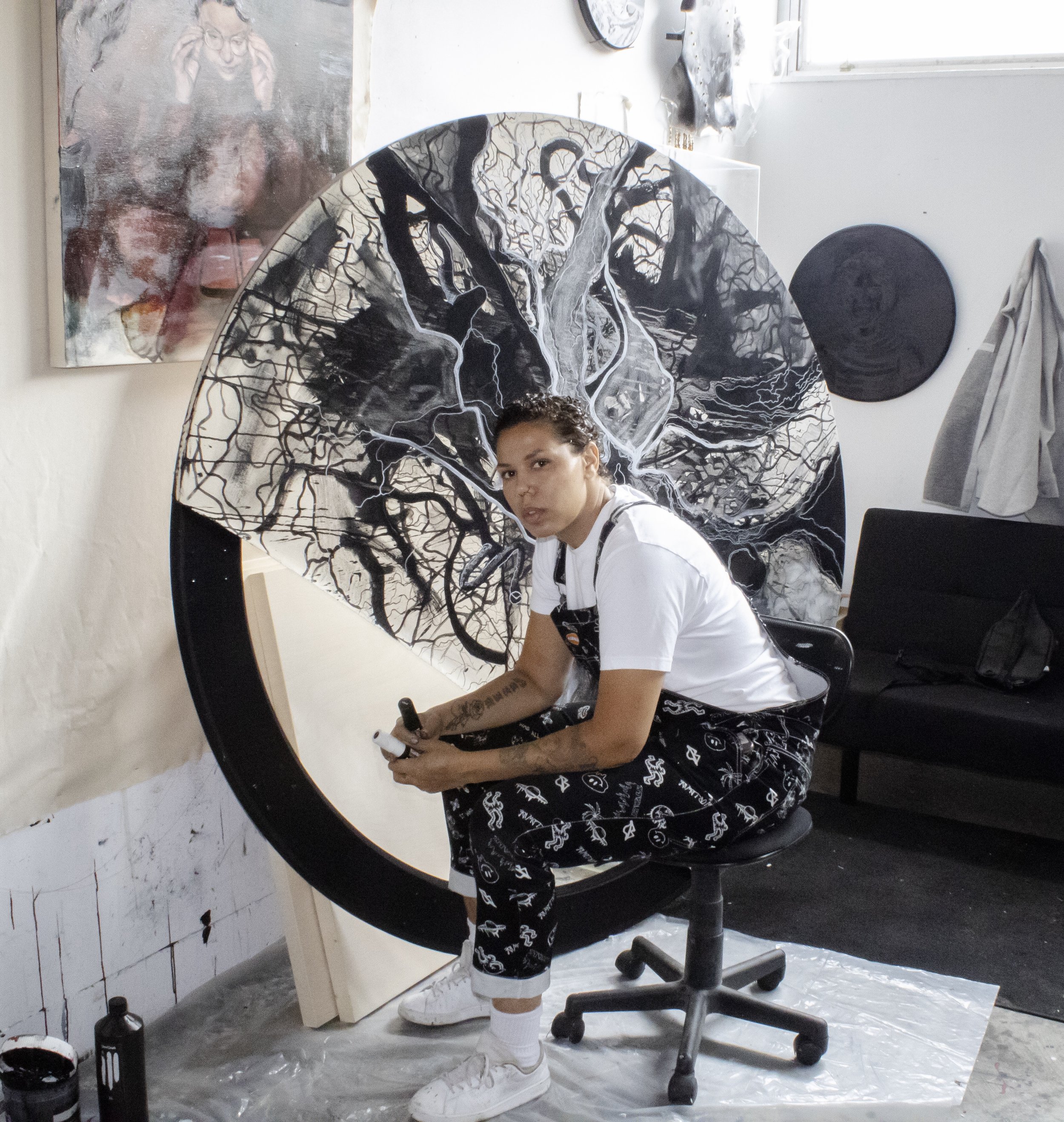May 2024: Meet the Artists
Claudia Joskowicz, Nadia Hernandez and Natia Lemay
This month’s residency is generously sponsored in part by Hesty Leibtag and Terry Verk. Nadia’s residency is in partnership with Human Rights Foundation.
Claudia Joskowicz
Claudia Joskowicz works primarily with film, video and installation, centering her practice on history and its narrative and considering how popular media circulates and shapes collective memory, contemporary history, and social realities. Using video with long and slow takes and oscillating between film and photography, Joskowicz reproduces and reconsiders moments from global collective memories and personal stories that have a historical dimension and are anchored in her native Latin American landscape. Her early video work was staged as minimalist reenactments - with attention to the figure and the landscape and a focus on gesture and subtle movement - and has moved towards re-imagined cinematic stagings of landscapes, urban and otherwise, where nuanced political drama unfolds in real time. Joskowicz’s work addresses the way technology mediates and redefines concepts like truth, history, memory, and reality.
Joskowicz’s work is in the permanent collections of the Guggenheim Museum in New York, the Kadist Foundation in San Francisco, and the Cisneros Fontanals Foundation in Miami. My first solo museum exhibition in the United States opened in 2016 at the Albright-Knox Gallery in Buffalo, NY, followed by another at the Ryerson Image Centre in Toronto, Canada in 2018 and, forthcoming, one at the Johnson Museum at Cornell University in February 2024. She has also received numerous awards, including the Anonymous Was a Woman Award, a Guggenheim fellowship, and a Fulbright Scholar award.
Nadia Hernández
Nadia Hernández’s multi-disciplinary practice reflects a process of bearing witness to the loss of home and the symbolic power of memory and memorialisation. Informed by her experience as a Venezuelan woman living in Australia, and positioning herself both within and outside the Venezuelan diaspora, Hernández makes art as a means to connect with a sense of place that exists beyond psychic and geographic boundaries. Hernandez’s practice is informed by a rich assemblage of cultural, political and familial histories. She comes from a family who has shared and celebrated poetry through generations, just as they have navigated decades of political disruption, displacement and resistance to state violence. She negotiates complex narratives, weaving the personal and the political, to create a highly recognisable visual language expressed through textiles, paintings, paper constructions, sculptures and installations. Her works weave together the complexities of memory, despair, hope and reconciliation, reminding us that these opposing sensations often co-exist.
In 2019, Hernández was the winner of the Churchie National Emerging Art Prize, one of Australia’s leading prizes for emerging artists. In the years since, she has found much critical success, including as the winner of the 2021 Grace Cossington Smith Art Award; and as a finalist in the Ramsay Art Prize (2023) – Australia’s most prestigious art prize for contemporary artists under 40 years, the Sir John Sulman Prize (2023), the inaugural Ellen José Art Award (2022), the Ravenswood Australian Women’s Art Prize (2021), the Wangaratta Contemporary Textile Award (2021, 2019), and the Create NSW Visual Arts Emerging Fellowship (2020).
Natia Lemay
Natia Lemay is an Afro-indigenous artist and curator of Black, Mi'kmaw, and Settler descent. Raised in Winnipeg, Manitoba, in government housing by her mother Louise Lemay, and her father was Albert Carty: a Black Mi'kmaw Soap Stone sculptor from New Brunswick, Canada. Natia's work is necessarily interdisciplinary to address the expansive conditions under which IBPOC people live. Drawing on childhood experiences of poverty, addiction, injustice, racism, neglect, and trauma, she explores how these conditions were subsequently products of the conditions and constructions of colonialism, systemic erasure, socialized and systemic racism, social inequity, and capitalism. She explores themes of identity, orientation, hypervisibility, invisibility, and consciousness through multiple mediums and installations to problematize the conditions that have attempted to erase the humanity of racialized, indigenous and gendered people. Within her work, she uses the home as a site that embodies feelings, moments, possibilities, memories, and inheritances. She recollects moments in her childhood to create dynamic spatial and psychological experiences in painting and sculpture. This tension between interior sensations and exterior relationships extends to the quality of being Lemay seeks to express and the physical boundaries of the objects she creates.
Lemay’s work has been exhibited at Yossi Milo in New York, Charlie James gallery in Los Angeles and at Perrotin gallery in New York.

